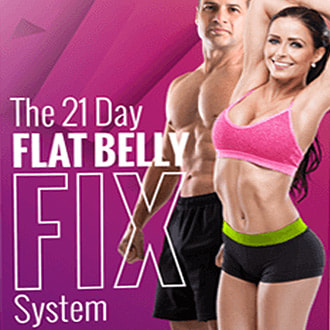|
Develop Your Handstand: The Importance of Progression
http://ift.tt/2jWEG21 The handstand covers a lot of aspects of athleticism: strength, mobility, balance, stability, spatial awareness, flexibility, and more. Being able to successfully do a handstand transfers over to other skills (press handstands, planche, handstand walking, pirouettes). It also is a neat trick lots of people would love to have in their inventory. But, more importantly, being able to do a handstand is just a lot of fun to play around with.
The process of getting a handstand is a rough and long road, and dedication is key. Those that want instant gratification at the cost of never truly mastering a skill or trait need read no further. Those that understand the importance of small details, long-term dedication, commitment, and striving for high-quality movement, however, are the individuals who can achieve a handstand by recognizing that it must be worked for. When I see a “good” handstand, I know that a person has spent hours, days, years committing time to honing in this skill. It is respectable, impressive, and transfers over to learning new skills inside and outside of fitness. So, what does it take to achieve one?
The Role of Your Wrists and ShouldersIn the handstand, your wrists are going to support your body, so you must dedicate time to mobilize and strengthen them. This will not only prevent injury but will also allow you to perform the skill for any length of time. Check out my article on wrist strength and mobility for exercises and stretches to keep your wrist health in check.
Your shoulders must have a sufficient range of motion and strength to achieve the proper lines for a handstand. For the flexibility/mobility aspect, I would suggest developing the bridge. The bridge, when done correctly, will start to open up your shoulders and thoracic spine to allow you to place your arms overhead while simultaneously stacking your body with straight arms. Many times, low back arching in a handstand is due to poor shoulder flexibility.
A good starting point for shoulder strength would be scapular push ups, for beginners, and handstand shrugs, for intermediate athletes.
For scapular push ups:
For handstand shrugs:
The Role of Your CoreYour core must be rock solid in a handstand. Think of it as trying to balance a straight, firm dowel on your hand or balancing a pool noodle on your hand. You will have a much easier time finding balance with the rigid object. The same goes for your handstand. The hollow body position is what we are working to achieve in the handstand.
I suggest developing your straight body hollow position holds on the floor so that you can easily hold a hollow body position for one minute. When performing the hollow position, be sure that your low back stays flat and your hips stay tucked (posterior pelvic tilt). You can find hollow body strength progressions here.
The Keys to Proper PositioningHandstand balance means maintaining your center of gravity directly above and in line with the base formed by your hands. This takes a lot of time and practice to develop. I suggest starting out low to the ground to develop this understanding.
Frog stands are a great starting point. It not only develops a lot of strength but your center of gravity is lower to the ground making balance much easier.
Hand Position: Your hands should be about shoulder width apart and your fingers splayed. You want to create as much surface area as possible with your hands. So, open up those fingers!
Head Position: Your head position should be as neutral as possible while still looking towards the floor. This can be challenging for many to figure out. A common cue I use is to have the athlete look towards their thumbs with their eyes. This will bring the athletes focus towards the floor without a large effect on their body lines. Head position is the last thing I correct when teaching a handstand to a beginner. When they become more comfortable being upside down, making small adjustments becomes easier.
No matter your approach to working on handstand balance, keep these things in mind:
To check out my step-by-step progressions to achieve a proper handstand click here for my Handstand Strength workout plan. Fitness via Breaking Muscle http://ift.tt/1hdUh1E November 24, 2017 at 08:52AM |
CategoriesArchives
November 2020
|


 RSS Feed
RSS Feed
